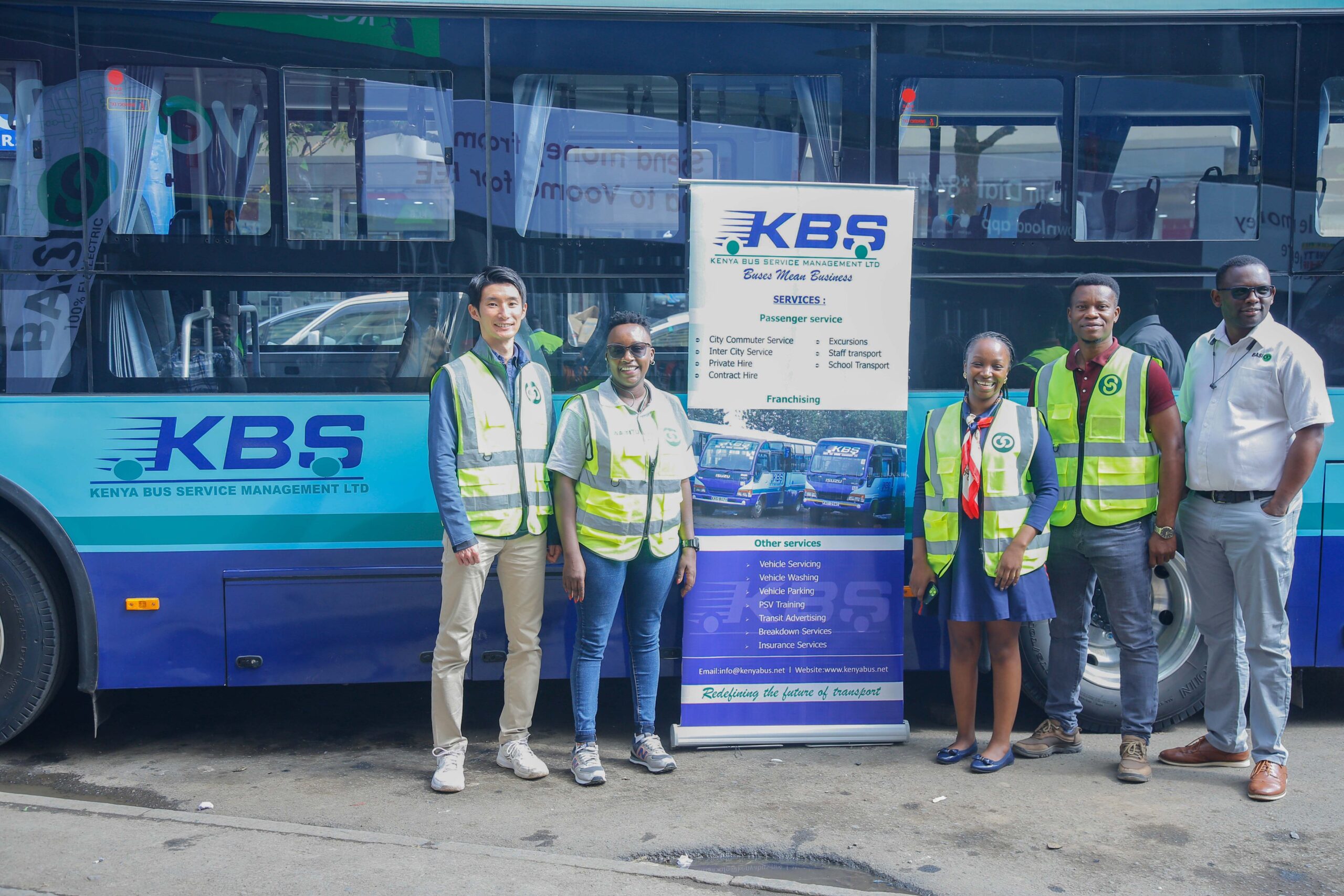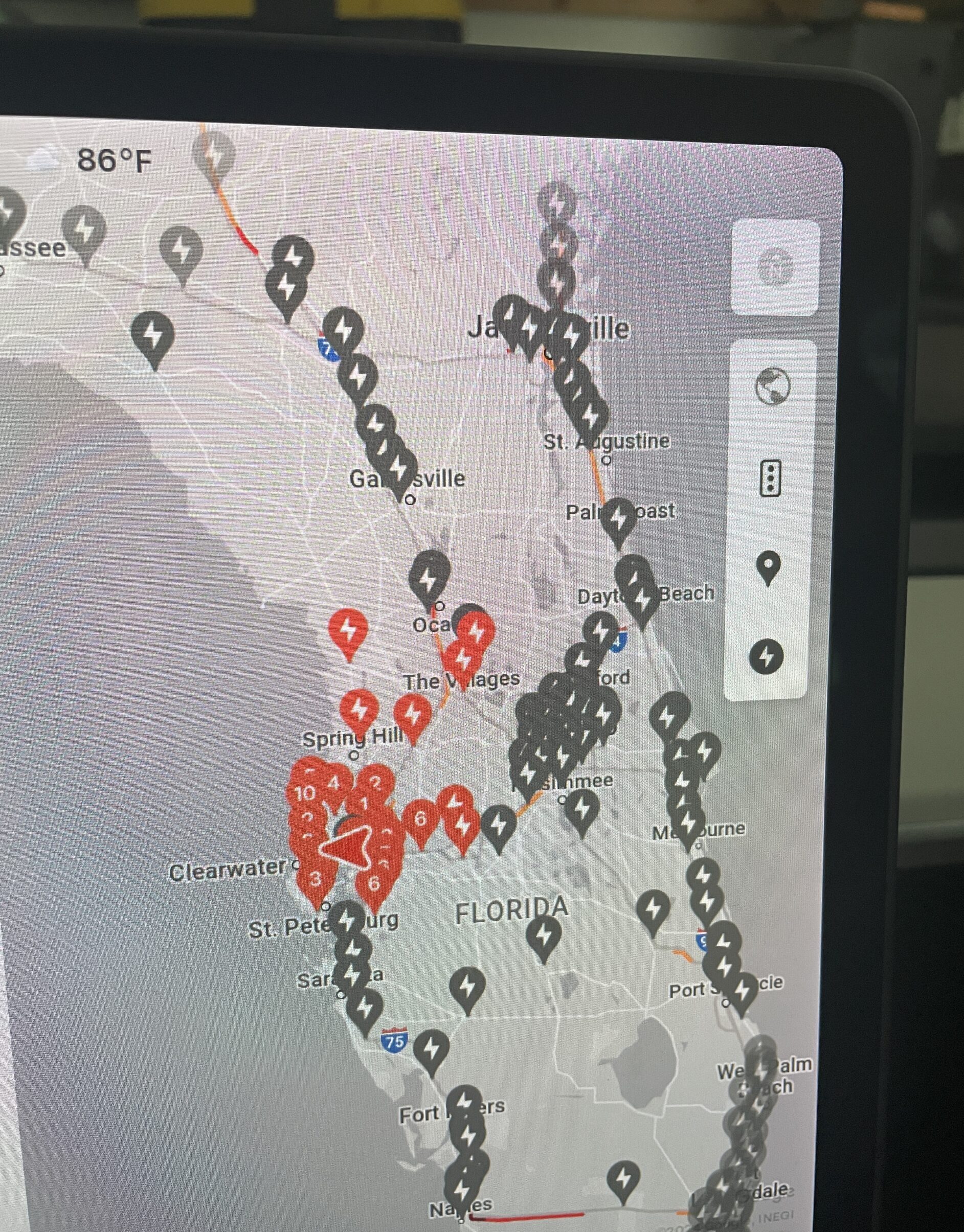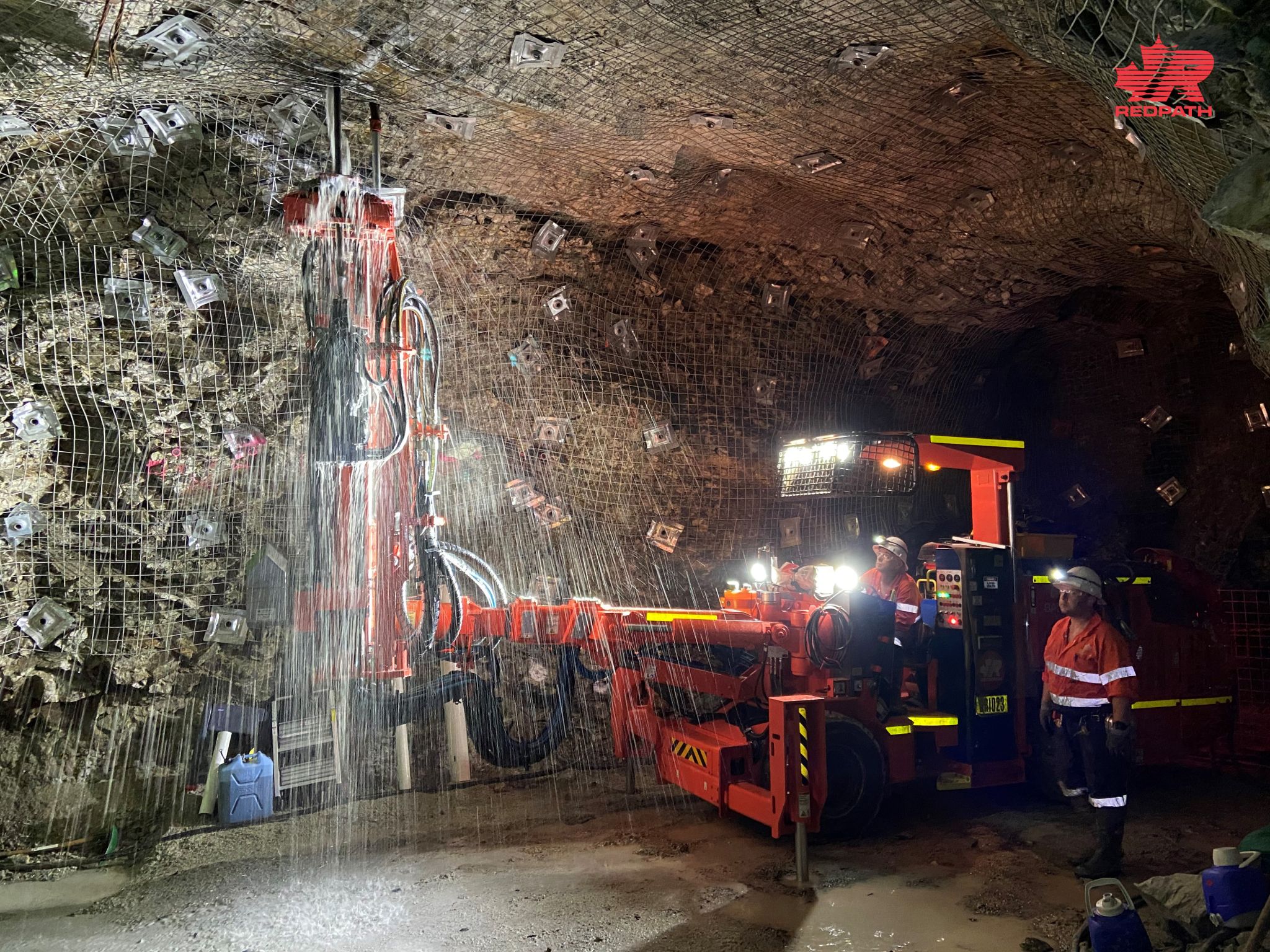Sign up for daily news updates from CleanTechnica on email. Or follow us on Google News!
Recently I was engaged in an odd conversation online, one that spanned from Australia to Germany, almost exactly the opposite sides of the world. Australia is in the throes of a deeply odd energy conversation about whether nuclear generation is necessary or not (it isn’t). The leader of the Australia’s fossil-fuel funded opposition, the inappropriately named Liberals, is claiming nuclear is Oz’ answer, for example.
It’s worth unpacking this a bit. Australia isn’t a particularly industrialized nation. It’s blessed by absurd amounts of wind, sunshine, and empty land, with an average population density of three people per square kilometer, compared to 34 for Europe, 152 for China, and 8,592 for Singapore. The population is concentrated along the lower edge, mostly in the east.
You don’t have to go far from Sydney or any other city before you find a whole lot of sun-baked nothing. And it’s a mining country, blessed with rich natural resources that aren’t just coal, although sometimes its hard to tell. Along with all that empty comes a lot of urban sprawl. One interesting thing I discovered in the past few years is that the average Australian manages to have more square meters of living space than the average American. Yes, Australia has so much empty space that homes are bigger than America’s and mostly single story ranch homes.
Australia’s ability to slap solar on its rooftops in staggering amounts per capita is strongly enabled by all the huge rooftops, even if far too many of them are trendily black these days. Really? An intentionally dark black roof in a sunburnt country? According to one recent study, Australians are opting for AU$700 per year higher cooling bills in order to have the trendy charcoal rooftops. The massive rooftop square footage, low roofs, and good regulatory frameworks for rooftop solar mean it has the highest penetration of rooftop solar in the world, at least on per capita basis. China dwarfs it of course, with more rooftop solar than most countries have solar of any kind.
And Australia is a leader in onshore wind energy as well, something that led to it being one of the weird epicenters of the English-language communicated disease, wind energy syndrome. Think I’m kidding? I’m quoted extensively for my wind energy and health court cases study from 2014 in the book Wind Turbine Syndrome: A Communicated Disease by my Oz and NZ long-term collaborators Simon Chapman and Fiona Crichton, both health PhDs — public and psychology respectively — with lots of letters after their names.
Basically, some areas of the English-speaking world went through a health hysteria about wind energy starting in the mid-2000s. One of the major sources of actively health-harming nonsense was a lapsed family doctor and wind energy hater out of Australia who was found and funded by one of Australia’s fossil fuel moguls because he was fighting a wind farm that would barely be visible at the end of the valley his rural estate was located on. The people with medical credentials engaged in claiming wind energy health damage were and are fundamentally breaking medical ethical guidelines with their nonsense and some of them were doing it for completely selfish reasons, not merely delusion. The Oz medical doctor now is a breathing consultant. I wish I were making that up and they had found reality again, but sucking at the teat of health hysteria remains lucrative.
Australia also mines a lot of copper, aluminum, and steel, the basic materials required for electrical transmission, not to mention a lot of battery minerals. They mostly don’t process them onshore because it’s easier to dig them up and ship them to China, but that’s something that can be fixed in part. But they are now building a big HVDC cable manufacturing facility in the north for the Sun Cable to Singapore, which is back up and running now that hydrogen-obsessed mining billionaire Andrew Forrest has been kicked out post-restructuring, and software billionaire Mike Cannon-Brookes can get on with shipping electrons instead of molecules.
Australia is a wide country with most of its population in the east. That means that if they strung HVDC from east to west along the southern coastline and up the edges a bit, they could move early afternoon sunshine from the east to the high demand periods of the west trivially easily.
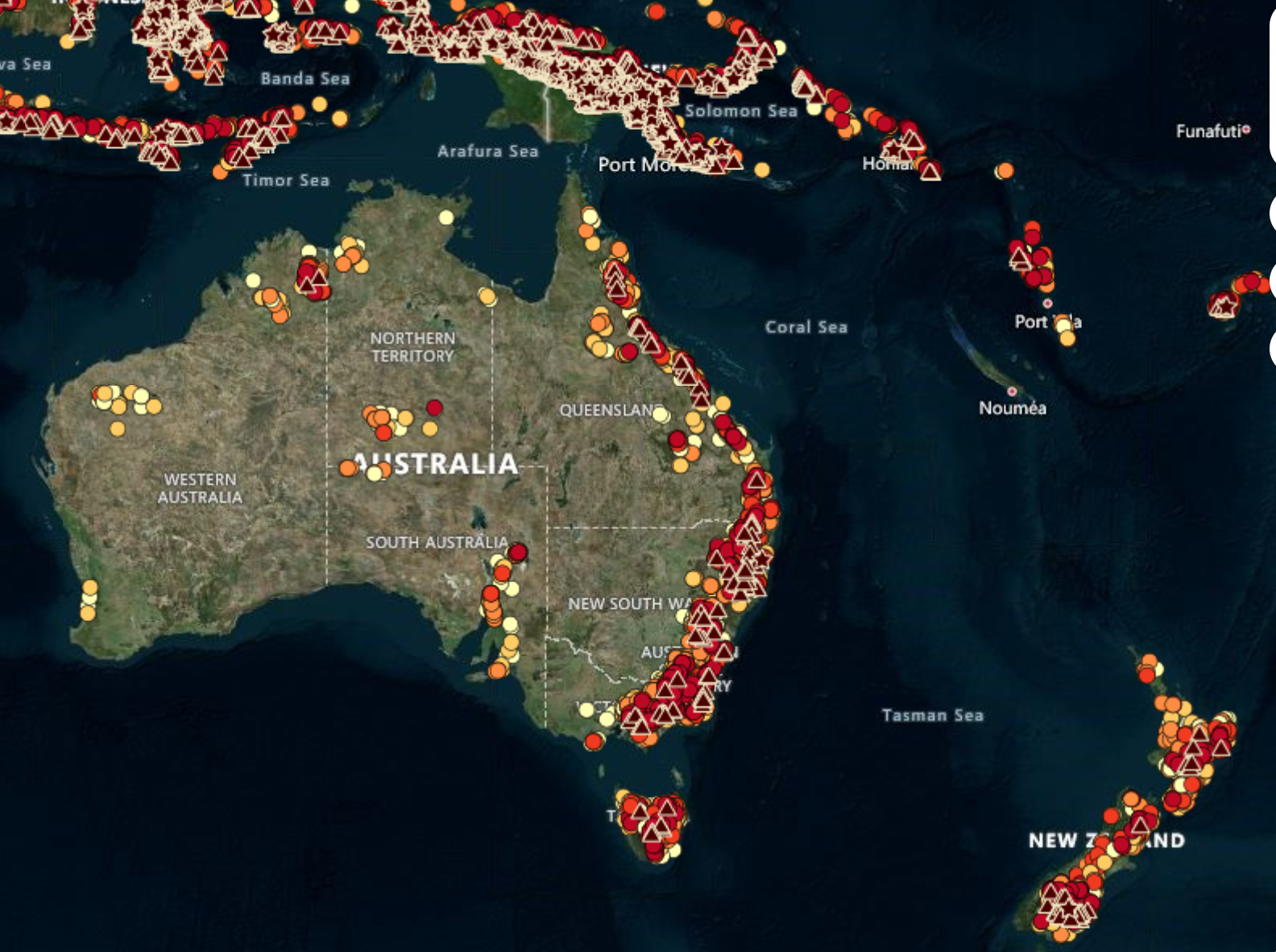
Oh, and Australia has lots and lots of closed loop off-river pumped hydro resources close to demand areas and knows how to build tunnels through rock and reservoirs, so they have lots of energy storage capacity and the ability to build it, despite what’s happening with Snowy River 2.0. Australia’s national university (ANU) even did the global GIS study of the resource, looking for 400 meters or more of head height, off of running water, close to transmission and off of protected lands.
What’s Snowy River 2.0? It’s probably the worst example of pumped hydro as a design and executing project in the world, sadly. Among other things, the 165-meter long tunnel boring machine is stuck 200 meters into its kilometers long journey and created a massive sinkhole because they didn’t think slow and act fast as per megaproject expert Professor Bent Flyvbjerg’s dictum in the most recognized, awarded, and translated business book of 2023 How Big Things Get Done. (I have a tiny part in that as my material on the natural experiment of nuclear vs renewables in China is included in chapter nine, What’s Your Lego?)
Tunneling is the Achilles’ heel of pumped hydro. Reservoirs are easy. Reversing turbines are commoditized components. Electrical components and transmission are very low risk. But tunnels are dead center of the 25 categories of projects Flyvbjerg and team have identified in their 16,000+ data set of megaprojects, unlucky number 13. This is entirely manageable with lots of intentional care up front — thinking slow — but was ignored for Snowy River 2.0, hence part of the ongoing failure.
Regardless, if Australia got serious about pumped hydro and engaged some of its deep expertise in its mining sector, this is an entirely manageable risk. Further, the storage resources are nicely close to the population and a lot of the future mineral processing sectors. By comparison, nuclear energy megaprojects are much more likely to go over budget and schedule, being 23rd on the list, beaten only by the Olympics and nuclear waste storage facilities.
All of this is to say that Australia is perhaps one of the easiest countries in the world to power mostly with wind and solar and nuclear makes no sense. So why is nuclear even an issue?
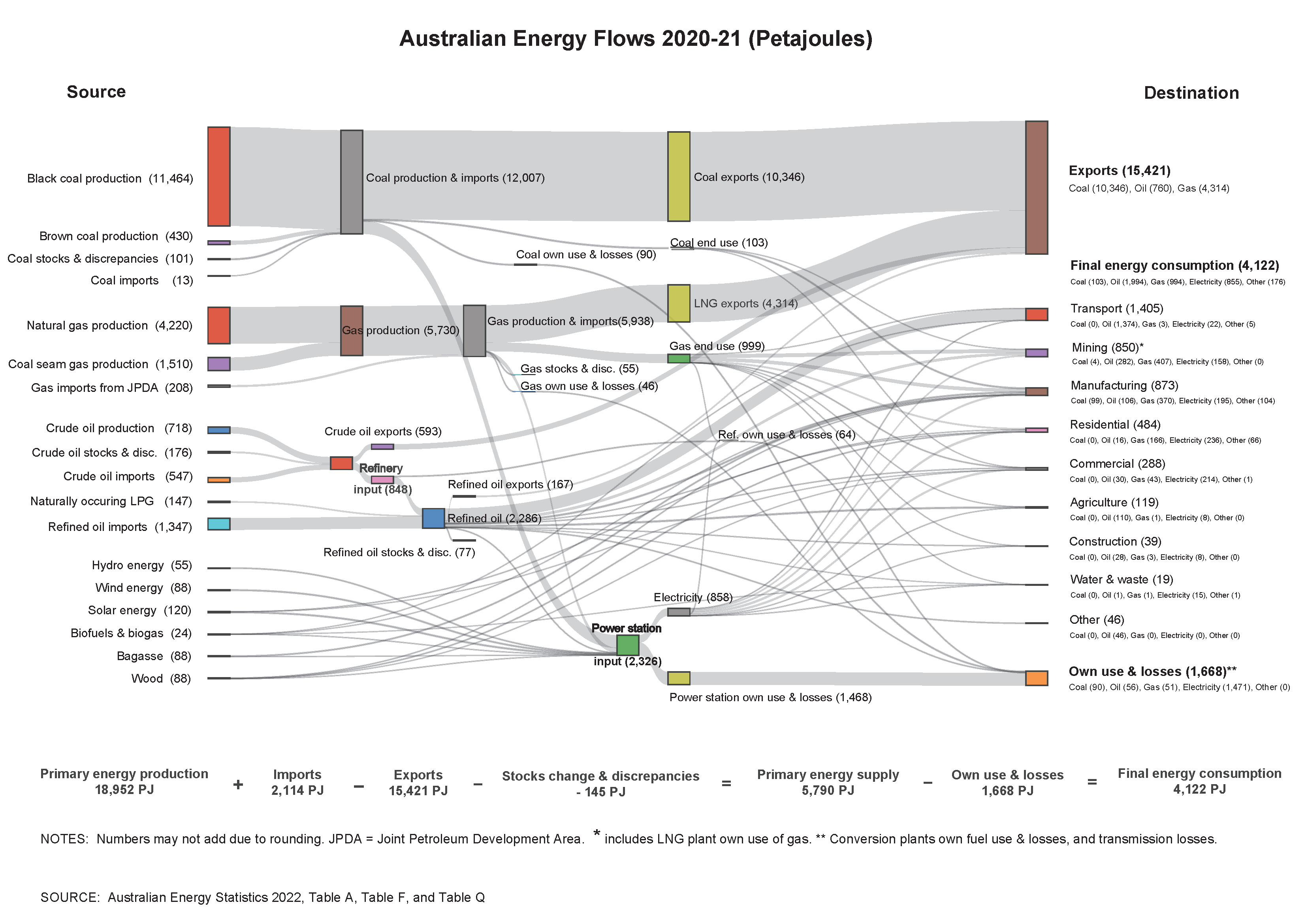
In addition to knowing a reasonable amount about Australian renewables and mineral resources, I also spent some time looking at their economic dependence on fossil fuels. Right now, they export four times as much energy in the form of fossil fuels as their entire economy consumes. There are a lot of billionaires who have been created due to digging carbon rich dirt out of the ground and shipping it to India and Japan, and they are desperately fighting renewables and looking for their next billions. I looked at the above in context of their bizarro world strategy for expanding their energy exports with green hydrogen, a doomed approach.
So what does this have to do with nuclear energy? There a couple of big hitters.
The first is that nuclear energy is one of climate change-denying and action-delaying politicians’ go-tos for delaying getting off of fossil fuels. Promising nuclear ticks the box on climate action for climate change-accepting conservatives and ticks the box on renewables can’t cut it for tribalist conservatives. It ticks the box for the fossil fuel industry supporters of conservative governments because you can’t build a nuclear reactor quickly. The median is a decade right now. A decade is 40 quarters to report profits in the fossil fuel industry. No wonder they like nuclear.
And what else does Australia dig up and ship abroad? Uranium. In fact, it has 23% of the world’s reserves. The reason why conservatives love them some fission chips is obvious. So Liberal leader Dutton is pushing nuclear. And wherever there is energy, there are energy analysts with varying degrees of biases. Back to the beginning of the story.
A couple of days ago a UK ‘gas strategist’ — aka gaslighter — promoted an Australian article about nuclear being a requirement for decarbonization. A couple of Australian mates, one an associate prof and the other apparently a full prof, published an op-ed in the Sydney Morning Herald — a generally centrist tabloid that always endorses the deeply conservative and fossil-fuel beholden Liberals — saying that wind and solar obviously couldn’t cut it and that nuclear energy was necessary.
One of the claims was that no country could possibly run on renewables alone. I provided a list of 10 countries that are already at 100% renewables or within a percent or two. As well as the 20 countries, 10% of the countries in the world, with over 90% renewables. And the 33 countries over 80%. In fact, there are 62 countries over 60%.
Clearly, the claims that high penetrations of renewables were impossible was debunked by empirical reality. And this is where it got strange. An Australian asked what about any industrialized country that ran on 100% renewables and how the cited countries, including Norway and Iceland, compared to Australia. Maybe a gotcha question, maybe not.
I checked their profile, briefly. They work in mining decarbonization and are working on a PhD in decarbonizing the Australian energy market. They had worked with KPMG Australia on energy. Not obviously a nuclear advocate. Strange that they would be defending a nonsense claim being amplified by a UK gaslighter. What was going on? I gave them the benefit of the doubt.
I provided a link to Mark Z. Jacobson and team’s most recent study of now 145 countries’ mix of 100% renewables, a sophisticated scenario they have been developing for close to 20 years and which I’ve discussed with Jacobson a few times. I suggested they look at the mix for Australia. I also provided a brief gloss positioning Australia as an easy to power country.
They dismissed the Jacobson et al., study as theoretical. Then I referenced Germany’s example as a vastly more industrialized country that saw almost 60% of electricity from renewables in 2023. Things started getting weirder.
They dismissed Germany completely. “Germany is the absolute worst example — literally the German example gets taught as a failure in energy policy. Large issues with grid stability, “
As a note, Germany’s grid reliability is the envy of the world, with 13 minutes of outages on average per customer per year. Australia is 2.7 hours per year. North America is two hours. No one is teaching courses on Germany being an electricity delivery failure. And as noted, they are approaching 60% electricity demand from renewables.
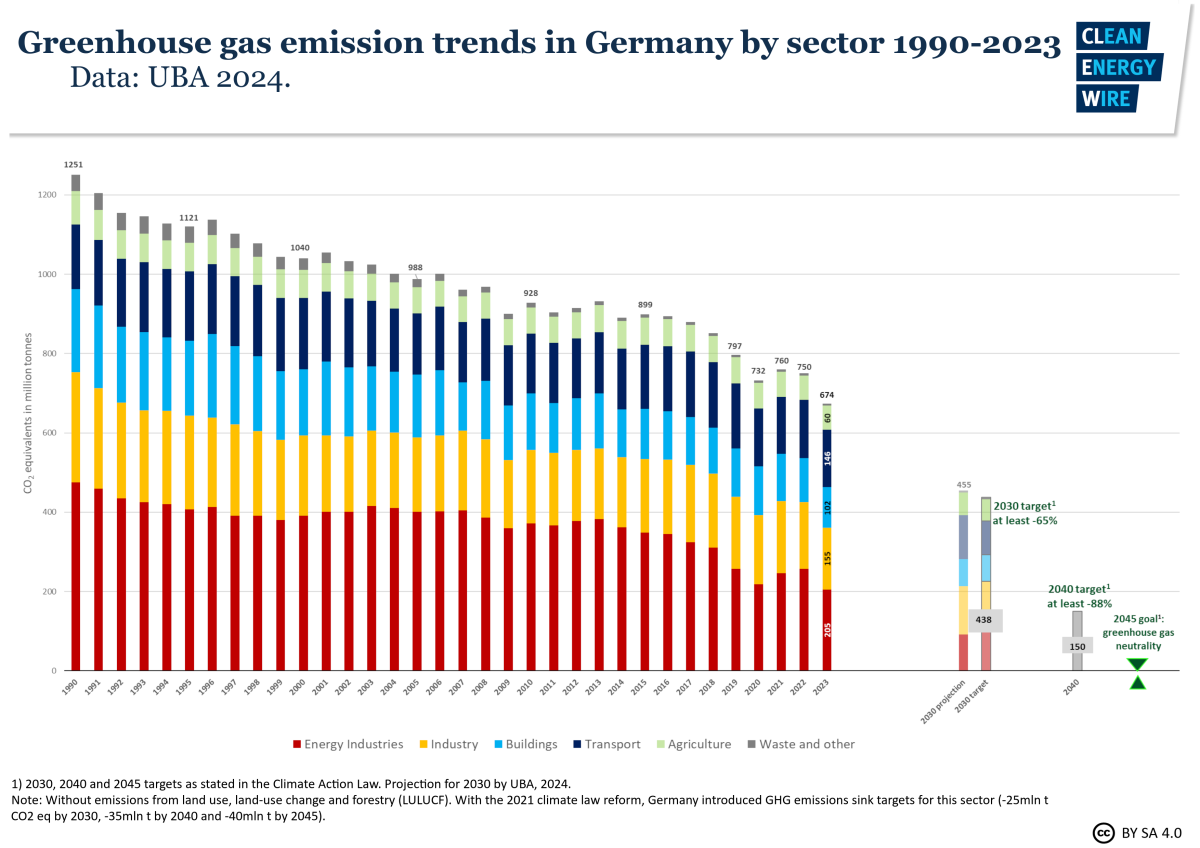
Anything else? Yes, they shut down their nuclear, something I didn’t agree with but accepted given how good a job they’ve been doing at decarbonizing their country compared to pretty much every other major economy. Despite eliminating a low carbon form of electrical generation, they’ve also dropped coal generation massively and saw a 10.1% reduction in greenhouse gas emissions across their economy in 2023. They are on track to a 2045 net zero target, something very few major economies can claim.
Is Germany perfect? Not at all. They are going to waste a lot more money and effort and political capital on hydrogen for energy before that collapses, including their current plans for €20 billion for almost 10,000 km of hydrogen pipelines with low interest loans for decades, guaranteed 6.7% returns for the operators regardless of demand, and 76% taxpayer liability for the inevitable failure. They are challenged by a radically transforming industrial landscape that favors industry close to low carbon generation. But they are working hard on the transition, unlike Australia.
So what the heck was this person talking about? They claimed it wasn’t nuclear. And then they shared links to their PhD papers where they were promoting the requirement for natural gas in decarbonization strategies. They didn’t mention that they had worked with one of the authors of the op-ed in a tiny consultancy in the past.
The biases were baking off of this person and they appeared unaware of them. And they were accusing me of bias as a promoter of renewables.
As I said, it was a weird conversation. Clearly a bright person who has allowed personal relationships and skewed perspectives lead them into a dead end and odd arguments. I occasionally get sucked into vortices of irrationality and this was one of those times.
Have a tip for CleanTechnica? Want to advertise? Want to suggest a guest for our CleanTech Talk podcast? Contact us here.
Latest CleanTechnica.TV Video
CleanTechnica uses affiliate links. See our policy here.


